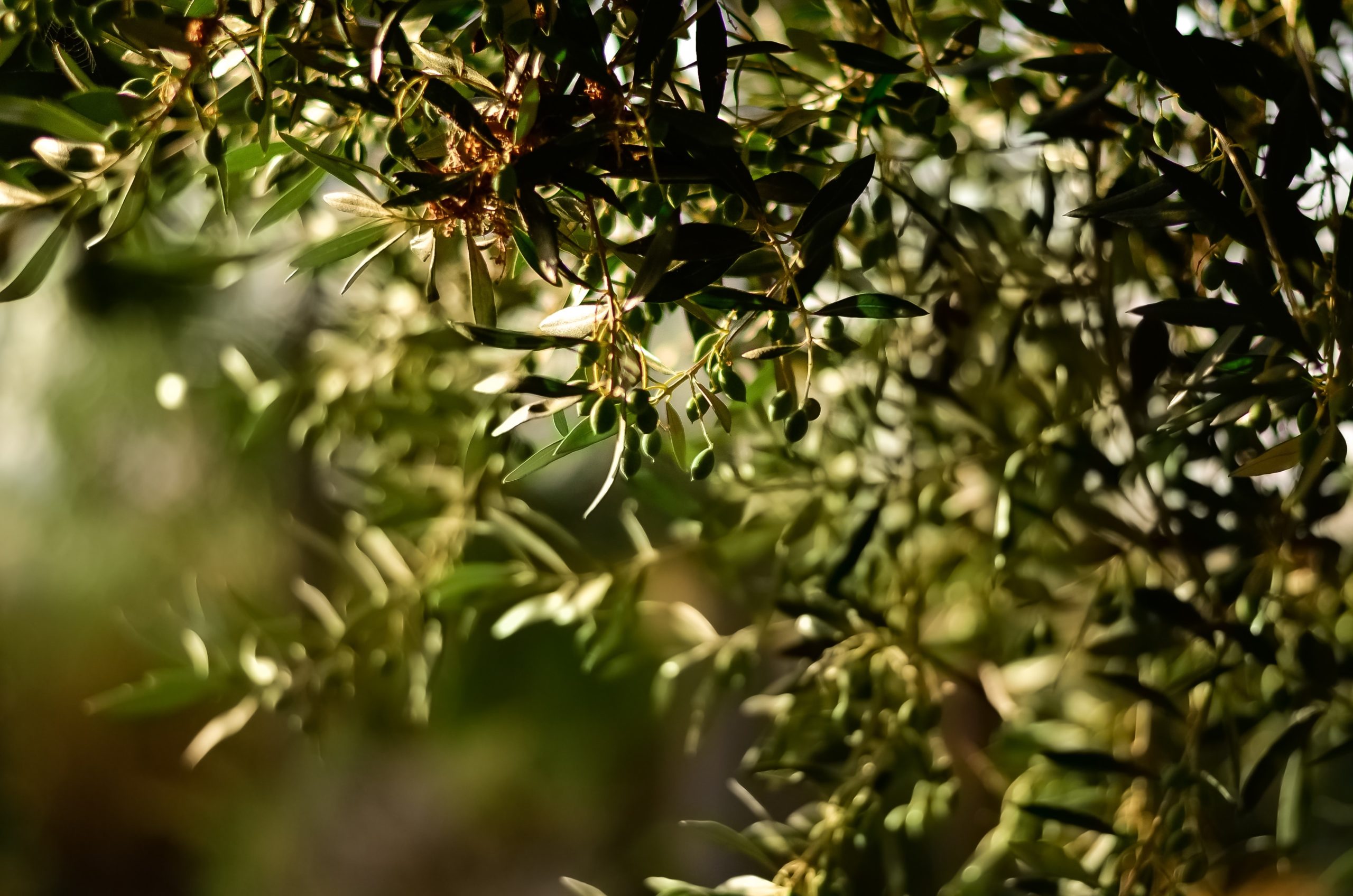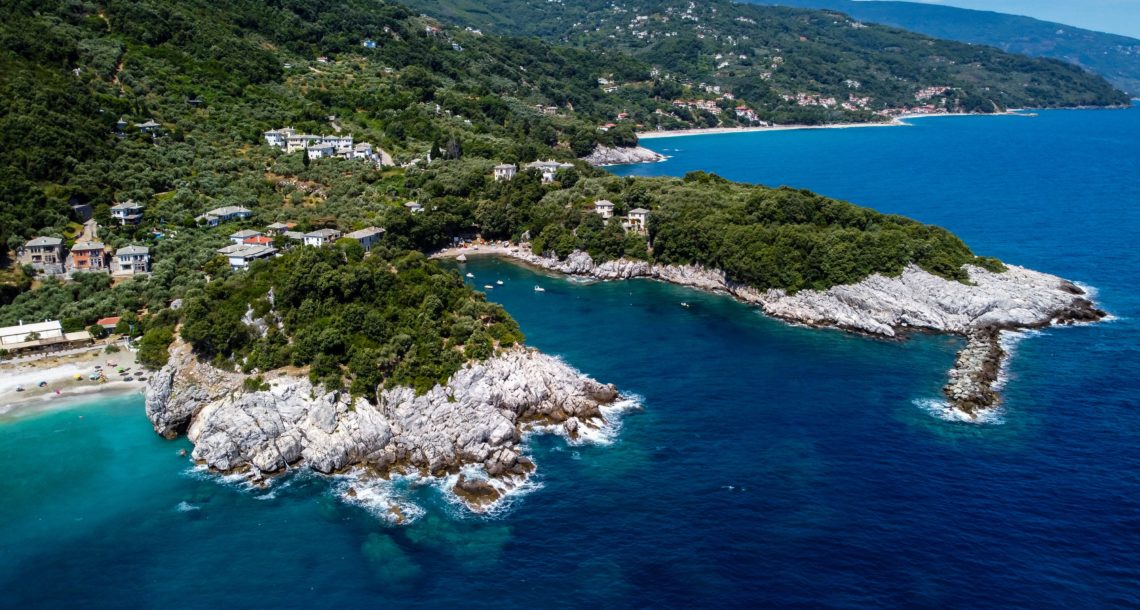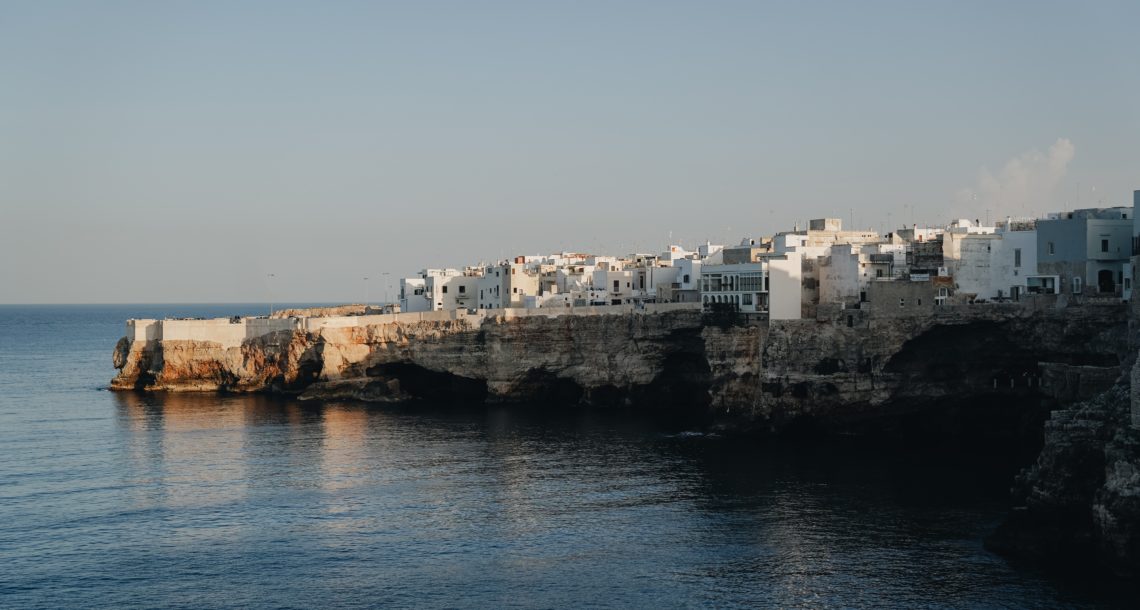La Dieta Mediterranea nella Regione dell’Egeo e in Puglia: due coste dello stesso mare. L’olio d’oliva

Con questo primo documento, la Fondazione Dieta Mediterranea lancia una serie di cinque articoli che si concentreranno sulle somiglianze tra la dieta pugliese e la dieta della Regione dell’Egeo della Turchia.
Storia, reperti archeologici, varietà e usi tradizionali verranno citati in un confronto tra due territori di spicco nella storia e nell’attuale diffusione della Dieta Mediterranea.
Lungo la costa mediterranea, l’olivo faceva parte della vegetazione spontanea già 50 milioni di anni fa. In Italia (in particolare nelle Marche e in Toscana) sono state rinvenute foglie fossili di olivo del Cenozoico, il che significa che l’olivo è presente da molto tempo lungo il Mediterraneo.
L’olio extra vergine di oliva è l’ingrediente base della Dieta Mediterranea e questo primo articolo – in lingua inglese – è incentrato proprio sull’olio d’oliva.
MEDITERRANEAN DIET IN AEGEAN REGION AND APULIA: TWO SHORES OF THE SAME SEA
With this first paper, the Mediterranean Diet Foundation has launched a series of 5 articles that will focus on the similarities between the Apulian and the Aegean region of Turkey’s diet.
History, archaeological remains, varieties and traditional uses will be mentioned in a comparison between two territories prominent in history and the current spread of the Mediterranean diet.
Along the Mediterranea coast, olive was part of the spontaneous vegetation of 50 millions years ago. Fossilized olive leaves of the Cenozoic Era have been found in Italy (particularly in Marche and Tuscany regions) meaning that the olive tree has been present along the Mediterranean for a very long time.
Extra virgin olive oil is the basic ingredient of the Mediterranean diet and the first article will focus on olive oil!
What is the story behind the olive oil production in Apulia?
It’s hard to picture the Apulian countryside without the indisputable star: olive trees. The Messapi were probably the first to cultivate it in the first millennium BC. Later, its cultivation was implemented by the Greeks which, in Southern Italy, founded what was called “Magna Graecia”. It’s no surprise that pre-Christian millstones and presses have been discovered in some local caves.
In Salento area of Apulia, however, olive tree growth has been probably mainly implemented since the 9th century AD by the Basilian monks coming from Syria and Egypt to escape the Byzantine persecutions.
How much oil is produced in Puglia, and which are the varieties?
In Apulia, there are about ten million olive trees; traditional olive orchards on rocky, poor soil with no irrigation alternate with regal, irrigated olive plantations.
The entire region has been separated into nine zones for greater uniformity of agricultural characteristics: the factors employed are related to climatic conditions, the average number of trees per hectare, their variety, and production. The abundance of basins, caves, and grottoes that soak rainwater and supply a sophisticated underground water network compensates for the water shortage in olive-growing areas.
Along with Calabria and Sicily, Apulia produces around 85% of all olive oil produced in Italy.
The different PDO olive oils in the region, as well as their production areas, are listed below.
Dauno DOP extra virgin olive oil is produced in the Province of Foggia and comprises 70% different olive varieties, including Peranzana, Coratina, Ogliarola, Garganica, and Rotondella. Dauno Gargano, Dauno Sub Appennino, Dauno Basso Tavoliere, and Dauno Alto Tavoliere are the four oil classifications. The oil has a distinct olive fruitiness, a sweet, harmonious flavour, and a pleasant flowery aroma that pairs well with fish and shellfish appetizers.
Extra virgin olive oil produced in the Province of Bari is known as Terra di Bari DOP extra virgin olive oil. Coratina, Cima di Bitonto, and Cima di Mola are among of the olive varietals used to make it. Oil from Castel del Monte, Bitonto, Murgia dei Trulli, and delle Grotte is included.
The province of Brindisi manufacture Collina di Brindisi PDO extra virgin olive oil. Ogliarola, Cellina di Nardò, Coratina, Frantoio, and Leccino make up about 70% of the olives needed to make it.
Extra virgin olive oil from Terra D’Otranto DOP is produced throughout the administrative boundaries of the Province of Lecce and many municipalities in the Province of Taranto. It is made up of at least 60% olives from different types, such as Cellina di Nardo’e Ogliarola. The remaining olive kinds are found in the olive groves.
As a result, today’s consumer has a variety of options:
Green, fruity olive oil with a sweet taste.
Net fruity olive oil with an almond scent, with a more intense and harmonious taste.
The strong fruity oil for true connoisseurs’ palates, slightly spicy and bitterish, with a tingling sensation in the throat due to its low acidity.
Which is the role of EVO in the Apulian diet and its traditions?
The most famous landscape and cuisine element of Apulia is undoubtedly olive oil and, of course, olive trees. It’s used in about every dish, and it’s usually eaten raw with cherry tomatoes and oregano on traditional bread.
The ‘Plain of Olive Trees’ in Apulia, which is bordered by the municipalities of Ostuni, Fasano, Monopoli, and Carovigno, has a very high concentration of millenary olive trees, with plants that could be up to 3,000 years old and date back to the time of the ancient Messapi, also known as the ‘Giants of Apulia.’
For many families, the olive harvest is when children who have studied or worked elsewhere return to Apulia to assist their parents and grandparents. After that, each family has a reliable oil mill where they may produce their own oil.
Many beliefs are based on extra virgin olive oil. According to one of the most notorious, Dropping olive oil would bring terrible luck since it would open the gateway to demons from underground (which is why, when this happens, salt is sometimes thrown in to ‘burn away’ any demon creatures). Of course, this is a legend, but it gives us an idea of how important this product was to Apulian families.
What about the olive oil production and consumption in the Agean coast of Turkey?
It is puzzling that Turkey is not known for olive oil consumption and production around the world. Even though it is the fourth largest olive oil producer following Spain, Italy and Greece. Olive oil is a part of the daily diet, especially on the Aegean and Mediterranean coast. Olive oil is so important in the regular diet in Turkish cuisine that there is a special category for dishes made with olive oil called “zeytinyağlılar” which can be roughly translated as – made with olive oil.
Turkey is home to more than 180 million olive trees. Total production of olive oil is approximately around 250 000 – 300 000 tonnes each year. More than 50% of this production takes place in Turkish Aegean.
However, these numbers might not reflect the exact situation. There are many families in Turkey buying olive oil in bulk – which are mostly unbranded and sold without taxation and any label. These transactions, consumption and production data are unfortunately not available nor are they documented. Therefore it becomes very challenging to give definitive answers of numerical facts about both olive oil consumption and production. Unfortunately, these types of practices make it difficult to understand nature and the expansion of the industry as well.

What is the cultural story behind the olive oil production in the Aegean coast?
Archeological findings suggest that olive oil trees were spread around Anatolia starting from the southeastern parts which is also known as the area called Fertile Crescent or Mesopotamia today. From there olive oil trees reached western Anatolia, Aegean and then to Greece.
One of the oldest findings in the Aegean coast about olive oil production is in Urla, a seaside commune of İzmir. The oldest olive oil extraction stones and cylinders are found near Urla, İzmir, where in ancient times it was known as Klazomenai. The extraction system dates back to the 6th century and it is the oldest one found in the Aegean area including Greece. This alone shows that olive oil production always played a prominent role in the Aegean that ancient civilizations invented more complex systems to produce efficiently. Along with the olive oil extraction stones, there is evidence supporting olive oil trading and storage from much earlier periods.
Homer, who is the best known Greek epic author all around the world shares many detailed descriptions in both the Iliad and the Odyssey about olive trees in Smyrna, Troy and all other parts of Ionia. All of the towns mentioned in these epics are currently a part of Turkish Aegean.
Turkey even has a popular and traditional sport which includes a significant role of olive oil – known as Turkish oil wrestling. Wrestlers cover their bodies in olive oil which makes it very difficult to hold or grasp each other and therefore asks for power and also proficiency. Traditional annual festivals are still happening and olive oil wrestling is a big part of local festivals around Aegean coast and also Thracian Turkey.
How can the influence of olive oil be described through food in Turkish and Anatolian cuisine?
Olive oil was always a part of the daily diet in Anatolia since the establishment of ancient civilizations. Hittites, Pyhrigians, Ionians, Greco-Romans, Byzatines settled in the Turkish Aegean and all of these civilizations were known for olive oil consumption, production and even export. Even though the ruling nation changed continuously in this Aegean area, the tradition and importance of olive oil in the daily diet did not.
If you visit any eateries and restaurants located on the Aegean coast, you will see that olive oil is the most important component in the dishes. Not very surprisingly, olive oil dishes compose the most important assets in Turkish Aegean cuisine. Olive oil defines the essence of the dishes in Turkish Aegean. It gives structure to the creation of the dishes and determines the cooking technique.
Along with the immense variety of vegetables, fruits and herbs and the protein-based resources, the cuisine in this region is one of the best representations of the Mediterranean diet in terms of cooking and meal consumption.
The term “zeytinyağlı” – olive oil-based dishes in Turkish Aegean represents the oldest traditions, cooking techniques, sustainable agriculture, historical roots, conviviality but most significantly the essence of all the people and civilizations passed by: The great and unific olive tree. Even today, an olive tree is capable of creating and unveiling great stories all around the world.
Authors
Antonio Caso, Territorial Marketing Expert
Neşe Ümit Tan, Food and Wine Specialist

